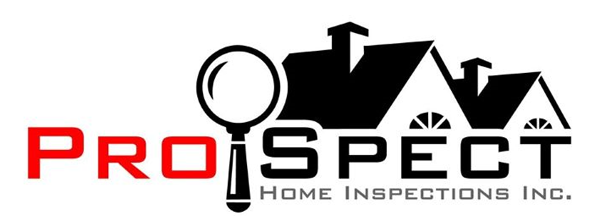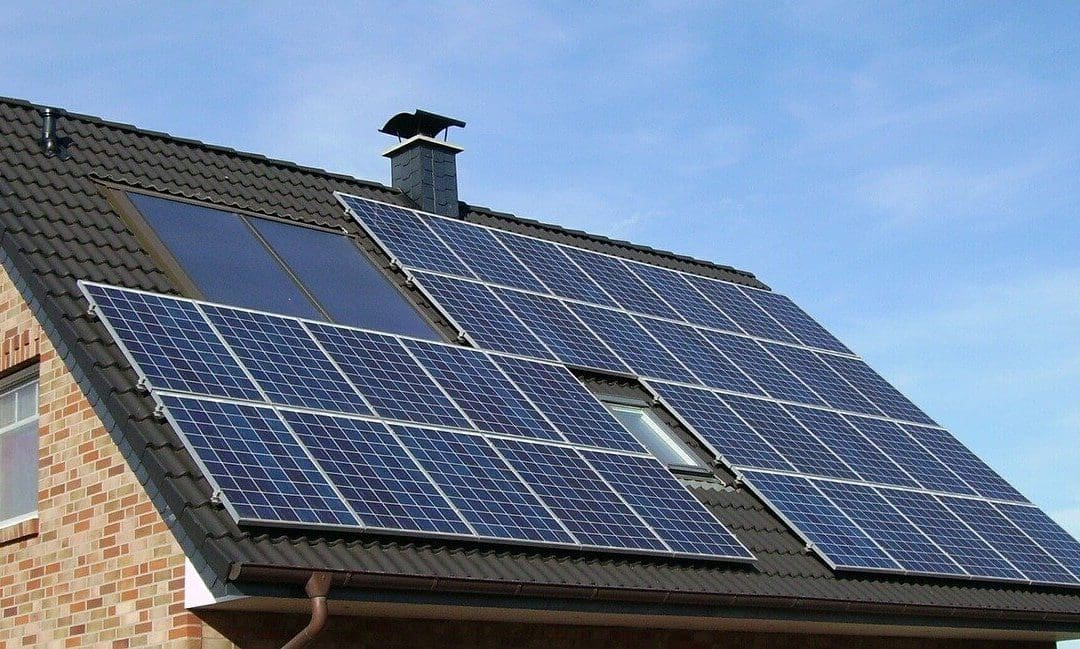Making small changes around your home greatly impacts the environment and your wallet. Eco-friendly home improvements reduce your carbon footprint, create a healthier living space, lower energy bills, and increase your property’s value. From energy-efficient upgrades to sustainable materials, there are countless ways to make your home greener without sacrificing comfort or style.
Energy Efficiency at the Core of Eco-Friendly Home Improvements
When homeowners think of eco-friendly home improvements, energy efficiency is usually the first thing that comes to mind. Upgrading to energy-efficient appliances, LED lighting, and smart thermostats will significantly reduce utility costs and energy consumption. These simple changes optimize how your home uses electricity and heating or cooling resources. Another wise investment is improving insulation. Properly insulated walls, floors, and attics keep your home warmer in the winter and cooler in the summer, minimizing the strain on your HVAC system. Pair that with energy-efficient windows, and you’ll notice a big difference in comfort and monthly energy costs.
For homeowners ready to go further, installing solar panels is one of the most effective eco-friendly home improvements available today. Solar technology continues to advance, becoming more affordable and efficient each year. It’s a long-term investment that reduces dependence on fossil fuels and will generate savings through energy credits or lower utility bills.
Sustainable Materials for a Healthier Environment
Beyond energy efficiency, the materials you choose for renovations or upgrades play a huge role in your home’s sustainability. Opt for products made from renewable or recycled materials, such as bamboo flooring, reclaimed wood, or recycled countertops. These materials are durable, beautiful, and reduce the demand for nonrenewable resources. Low-VOC (volatile organic compounds) paints and finishes are another smart choice. They emit fewer chemicals into the air, which makes your home’s indoor environment healthier for you and your family. Similarly, using natural insulation materials like wool or cellulose will improve air quality while maintaining energy efficiency. Even small changes, like switching to organic cotton bedding, eco-friendly cleaning products, or sustainable furniture, will reduce your home’s environmental impact and promote a greener lifestyle.
Water Conservation for a Sustainable Home
Eco-friendly home improvements extend to how you use and conserve water. Installing low-flow faucets, showerheads, and toilets will significantly reduce water waste without affecting comfort or performance. These fixtures are designed to deliver strong pressure while using less water, making them both cost-effective and sustainable. Landscaping is another area where water conservation will shine. Choosing native or drought-tolerant plants reduces the need for excessive watering and chemical fertilizers. Collecting rainwater with a simple barrel system is an affordable way to keep gardens healthy while conserving municipal water resources. By combining these efforts, you create a self-sustaining system that benefits both your home and the environment.
Indoor Comfort and Air Quality
Improving air quality is a less obvious but equally important aspect of eco-friendly home improvements. Homes that are better sealed and insulated can sometimes trap pollutants inside, which is why proper ventilation is crucial. Consider installing energy recovery ventilators or air purifiers that use HEPA filters to keep your indoor air fresh and clean. Houseplants are another natural and affordable way to improve air quality. Certain varieties, such as snake plants and peace lilies, will help remove toxins and produce oxygen while enhancing your home’s aesthetic. Smart climate control systems also contribute to comfort and sustainability. A programmable thermostat learns your habits and adjusts temperatures accordingly, maintaining efficiency without sacrificing comfort.
Long-Term Benefits Eco-Friendly Home Improvements
While the upfront cost of eco-friendly home improvements vary, the long-term savings are substantial. Reduced energy bills, fewer maintenance issues, and increased property value all contribute to a strong return on investment. Many state and federal programs even offer rebates or tax incentives for homeowners who choose renewable energy systems or energy-efficient upgrades. In addition to financial savings, eco-friendly upgrades help future-proof your home. As sustainability becomes increasingly important in real estate, homes with green certifications or sustainable features often attract more buyers and higher resale values.
Frequently Asked Quesitons (FAQs)
What are the most cost-effective eco-friendly home improvements?
Simple upgrades like LED lighting, programmable thermostats, and low-flow plumbing fixtures provide immediate savings and are easy to install without major renovations.
Do eco-friendly home improvements really increase property value?
Yes. Energy-efficient and sustainable homes are in high demand, and buyers are often willing to pay more for homes with proven cost savings and environmental benefits.
How can I start making my home more eco-friendly on a small budget?
Start with low-cost changes such as switching to energy-efficient light bulbs, sealing drafts, using eco-friendly cleaners, and installing faucet aerators. Over time, you can add larger improvements like insulation or solar panels.
Pro Spect Home Inspections offers inspection services in Citrus, Hernando, Polk, Pasco, Hillsborough, and Pinellas counties. Contact us to request an appointment.

